Japanese denim is prized around the world as the best quality available, whether it’s raw and rigid or heavily distressed and ultra stretchy. Brands from Uniqlo and Gap to Rag & Bone and 7 for All Mankind all use denim from Japan in their collections. So what is it that makes Japanese denim so special?
The history of denim production in Japan is not a long one, only dating back to the mid-1960s and early ’70s, when jeans became a sought-after fashion item thanks to Hollywood.
Why street style is over, in the eyes of one of its original stars, and the menswear trends he’s seeing in Hong Kong and Japan
Japanese textile companies started weaving denim fabrics to recreate the popular American material at home. Unsurprisingly, the centres of denim production evolved in textile-producing regions, namely Kojima and Ibara in Okayama prefecture, and Fukuyama in Hiroshima prefecture.
In roughly the past decade and a half, Kojima has become known as the “denim capital of Japan,” but it is also produced in the other two areas as well, namely by Kaihara Denim in Fukuyama and Kuroki in Ibara. The fact that Kojima is better known is due mainly to a marketing campaign by the town’s tourism board, as well as its Jeans Street, where visitors can search for a perfect pair.
Many companies that buy Japanese denim want selvedge denim, which takes longer to produce and can only be woven on vintage looms that are no longer made. While the demand for selvedge denim is strong, the supply has reached a plateau and is likely to decline, as the remaining looms that can produce it inevitably break down beyond repair.
One company that still has a strong focus on selvedge denim is Japan Blue, which owns the brands Momotaro Jeans, Japan Blue Jeans, Collect, Soulive, and Setto. The firm also produces “vintage denim” – fabric produced on old, non-computerised looms – for a variety of other brands.
“Vintage denim is unique and a little rare because there are only so many machines left in the world that can produce it,” says a spokesman for Japan Blue. “When a machine breaks down completely we use its parts to fix other machines when they have issues, but since the looms are no longer made it’s only logical that eventually we will run out of machines and parts.”
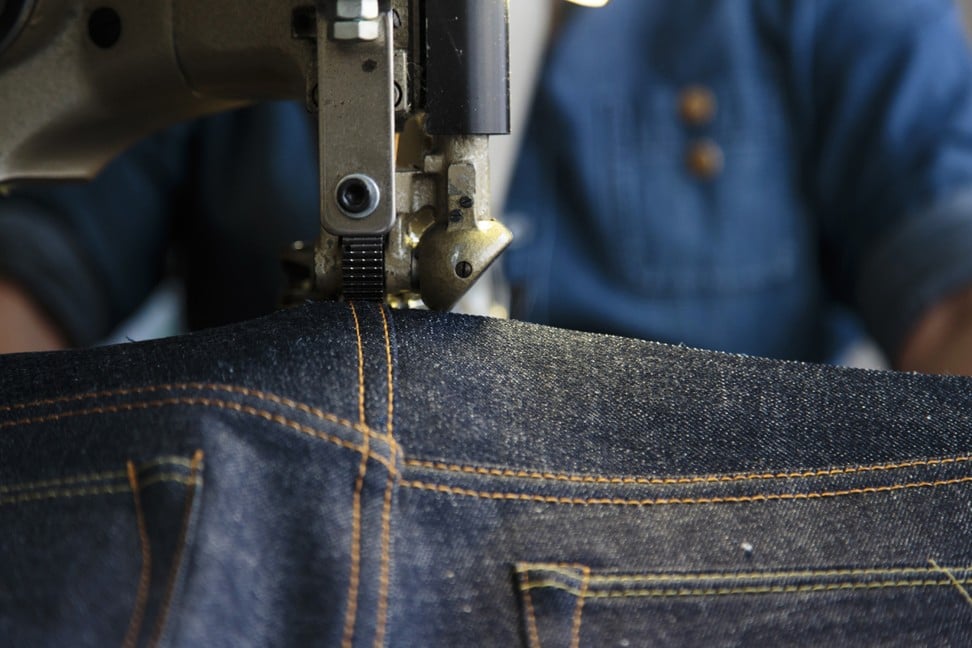
Denim makers such as Kaihara – Japan’s largest, which accounts for at least 50 per cent of the local market – are turning to innovation to lure more customers and to boost sales.
Women’s brands return to Tokyo Fashion Week, with handmade detailing and rich textures the biggest trends
“Over the past few years, fabrics with a dual purpose have done very well,” says Tadayuki Kaihara, senior managing director of the company that bears his family name.
One example of innovation in Japanese denim includes Edwin’s series of ultra-comfortable jeans called Jerseys. Made with a two-way stretch knit denim fabric developed with Kaihara, the jeans are as comfortable as sweatpants.
They have been so popular that nearly every time a customer tries them on it results in a sale, according to Kaihara.
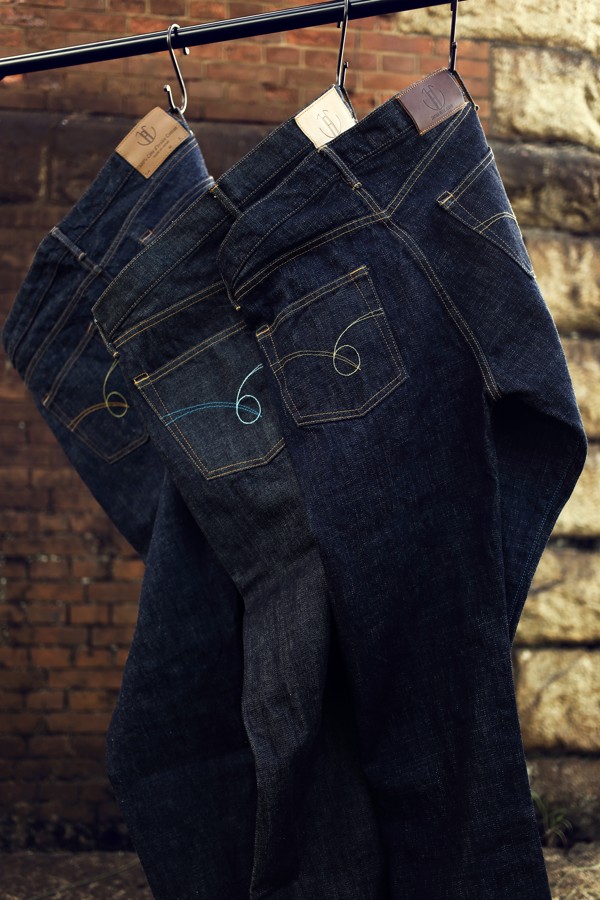
Uniqlo’s Ultra Stretch jeans, also made with Kaihara fabric, are designed to allow for maximum movement without losing shape. Promotional images for the products often show models with their bodies contorted into yoga poses, or stretching like ballet dancers.
The secret to fashionable Japanese men’s sense of style: meet five of the trendsetting gents on Tokyo’s streets
As with other textiles, Japan’s denim industry is threatened by the rise of production in other countries, where fabrics can be produced more cheaply. But companies such as Japan Blue and Kuroki aren’t too concerned, as they know that there are certain qualities – particularly unique dye shades – that cannot be reproduced elsewhere.
This is not just because each company has its own dye recipes but also due to factors such as the minerals contained in the production area’s water.
“No other factory anywhere in the world could create exactly the same dye shade,” says president Tatsushi Kuroki. “All of our products are things that cannot be made elsewhere.”
Here are four Japanese denim labels to watch:
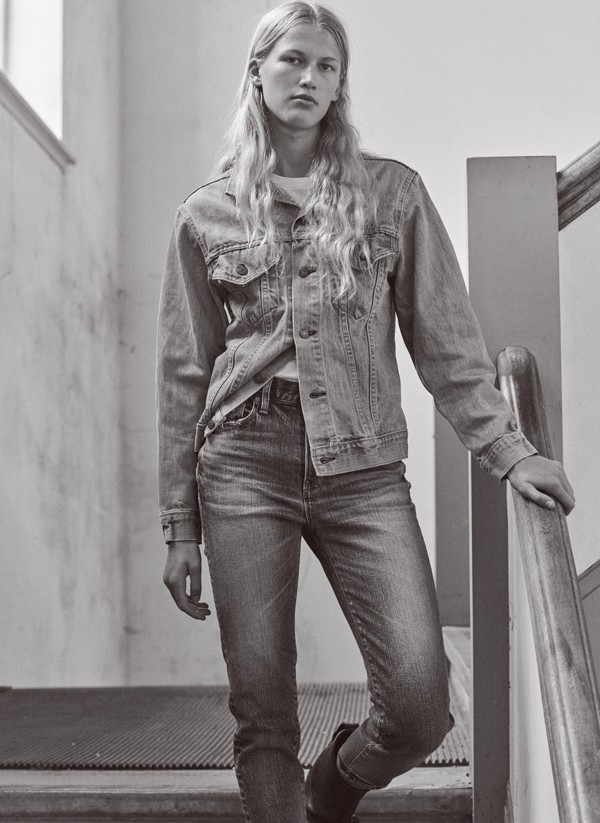
The brand was founded in 2009 by Yuji Honzawa, nicknamed “Dr. Denim” thanks to his 40 plus years in the industry. Formerly with Edwin and Levi’s Japan, he consults for a wide range of Japanese retailers. He started Red Card because he couldn’t find jeans on the market that he wanted.
The brand operates on what it calls the “three Fs,” – fabric, fit and finish, with each pair of jeans having a vintage look. It caters for men and women, in stores such as Isetan, Beams, and Beauty & Youth United Arrows, in Asia and North America.
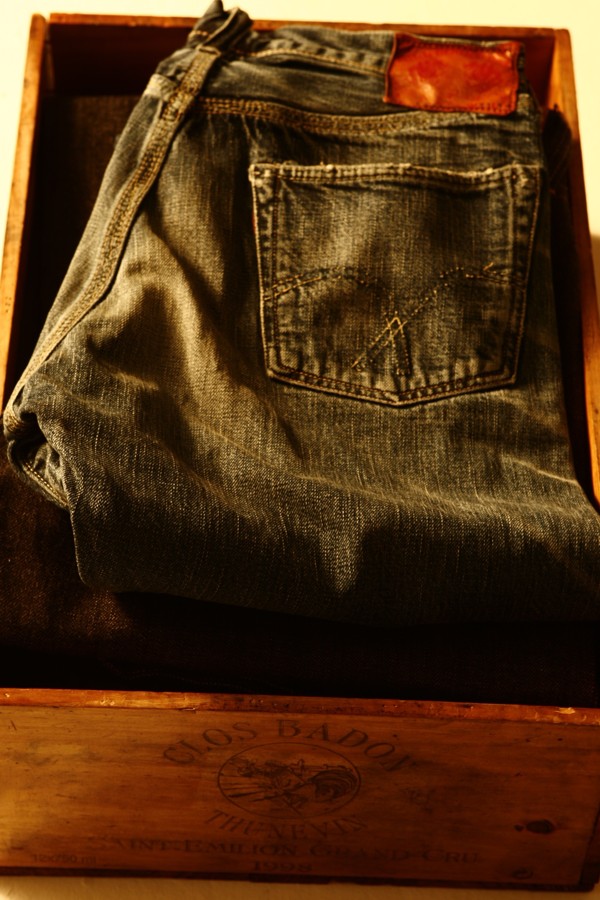
This men’s brand offers denim jeans, jackets and shirts with silhouettes modelled after vintage styles, particularly from the 1940s and ’50s. One of its trademarks is the types of threads it uses, both in pocket stitching and in garment construction.
Each pair of jeans uses 12 different types of threads – including a thick one that is a brand original and not normally used for apparel – aiming for the ultimate in durability. Specially ordered needles and sewing machines are needed for the thick thread.
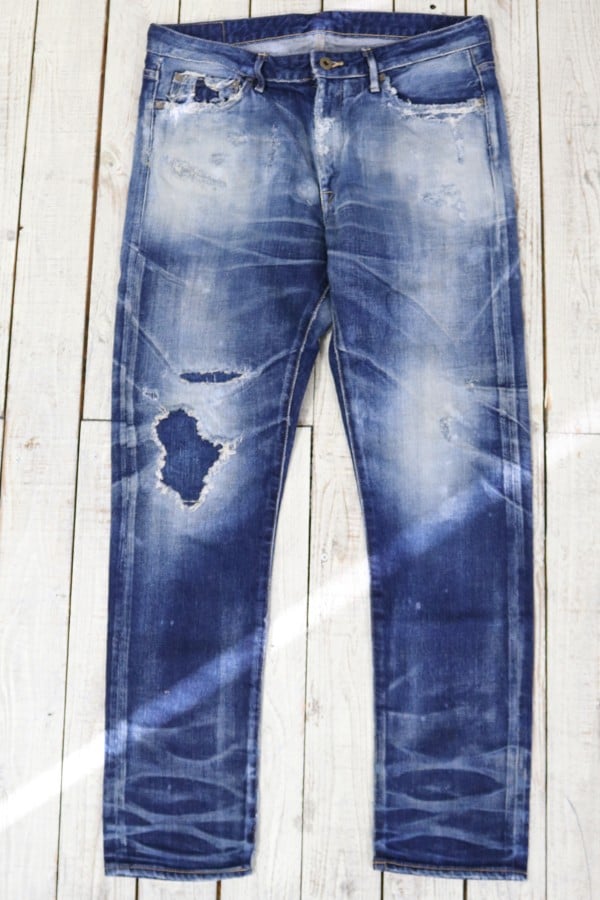
A sister brand of Momotaro Jeans, Japan Blue Jeans doesn’t follow trends and places equal importance on every step of production, from weaving and dyeing to sewing and finishing.
The brand offers both vintage and stretch jeans for men and women, and is carried by top denim retailers in Japan and around the world. It also has flagship stores in both Kojima and Shibuya, Tokyo.

Launched in 2010 at the Pitti Uomo trade show in Florence, Italy, the brand takes its name from the Japanese word for “black,” and was inspired by Japanese people’s dark hair and eyes. Its aim is to reinvent clothing items with Western origins.
The brand’s concept is based on the word “lifelong,” and it takes inspiration from the designer’s experiences, not only in Japan. Kuro has stores in Ginza Six, Harajuku in Tokyo, as well as Osaka and Nagoya.
https://ift.tt/2Hvbryc


0 Response to "Why Japanese jeans and denim are trending and which labels you should be wearing - South China Morning Post"
Post a Comment